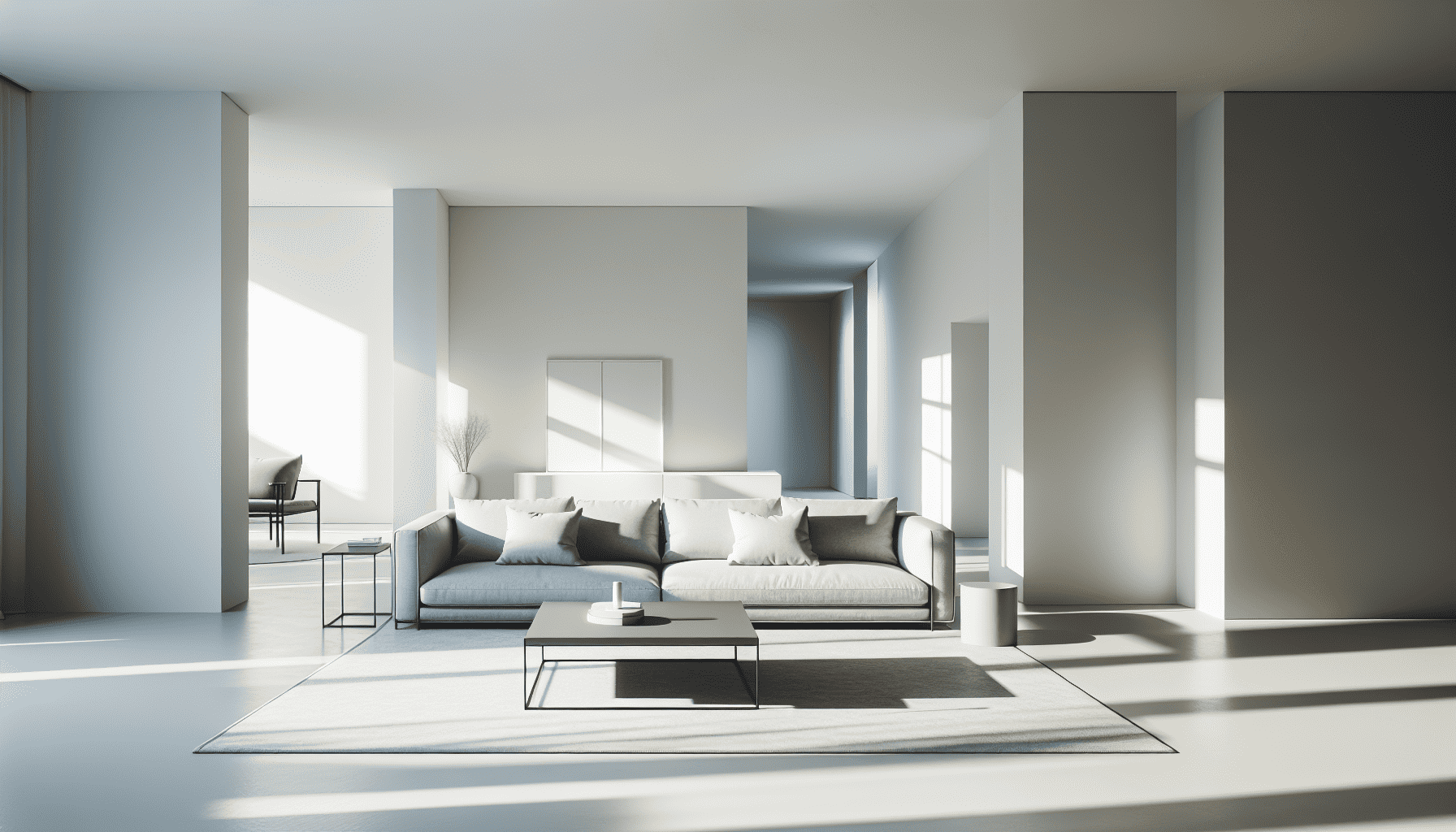Modern minimalism is a philosophy that has transcended its function as an aesthetic preference to become a way of life for many. It emphasizes simplicity, careful selection, and functionality, creating spaces that offer serenity and elegance with minimal effort. Understanding the core principles of modern minimalism can transform your home into a tranquil haven that embodies both beauty and practicality.
At its heart, modern minimalism is about stripping away the unnecessary to focus on what is important. This approach allows us to appreciate the beauty in simplicity, where every piece in a room serves a purpose and fulfills a specific need. It's not just about empty spaces, but about spaces filled only with essential elements that contribute to a cohesive environment.
To truly capture the essence of modern minimalism in interior design, one should begin by considering the function of each room. Every item should serve a purpose, whether it is practical, aesthetic, or both. This principle helps in eliminating clutter, leading to an environment that promotes relaxation and mindfulness. Start by assessing everything in the room and asking if it truly adds value to the space or the way you live.
A minimalist space doesn't have to be devoid of color or personality. While a neutral palette—such as whites, grays, and beiges—often serves as the foundation, accent colors can be thoughtfully integrated through art pieces, throws, or a single statement furniture piece. These colors should complement the space, adding warmth and interest without overwhelming its simplicity.
Furniture in a minimalist space is often sleek and simple. Lines should be clean, without excessive ornamentation. Multi-functional furniture is highly advantageous as it promotes efficiency. For example, a sofa that doubles as a storage unit or a table that can be extended when needed exemplifies the functional requirement of minimalism.
Lighting plays a vital role in a minimalist space. Natural light should be maximized, while artificial lighting should be strategic and unobtrusive. Simple fixtures with clean lines or recessed lighting can illuminate a space effectively without drawing attention to the source, creating a soft, diffused glow.
Textures offer another layer of interest without actively disrupting the minimalist vibe. Incorporate various materials such as wood, stone, and fabric to add depth. A woven rug, a wooden accent table, or a stone feature wall can introduce subtle variations that enhance the tactile experience of the room.
Storage solutions are critical in maintaining the uncluttered appearance central to minimalism. Built-in units and cleverly concealed spaces can keep items accessible but out of sight, preserving the streamlined appeal of the room. This doesn’t just apply to larger items—consider storage for everyday small items as well.
Decluttering is an essential ongoing practice in minimalist design. Regular evaluation of possessions ensures that the space remains free of unnecessary items. This doesn’t just contribute to physical cleanliness but promotes mental clarity as well.
Modern minimalism is ultimately about creating a harmonic balance between simplicity and functionality. It is about cultivating a space that feels open and inviting, where every element is intentional. By embracing these principles, you can transform your home into a serene sanctuary that reflects your appreciation for elegance and understated beauty. With minimal effort, the tranquility and sense of order achieved in minimalist spaces can significantly enhance well-being and comfort, offering a timeless retreat from the chaos of daily life.
